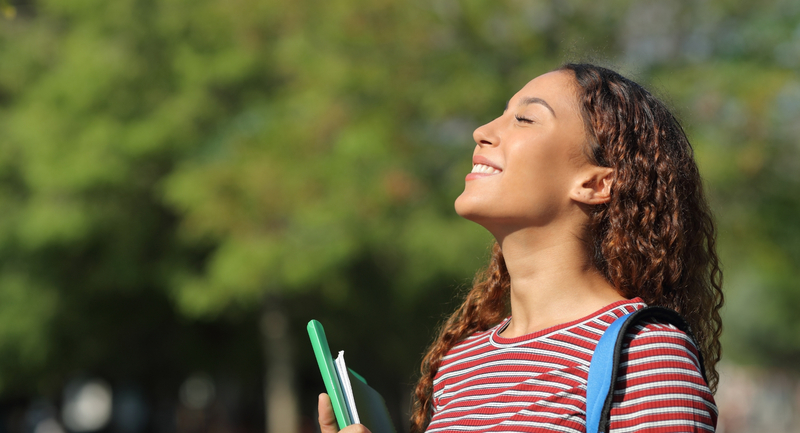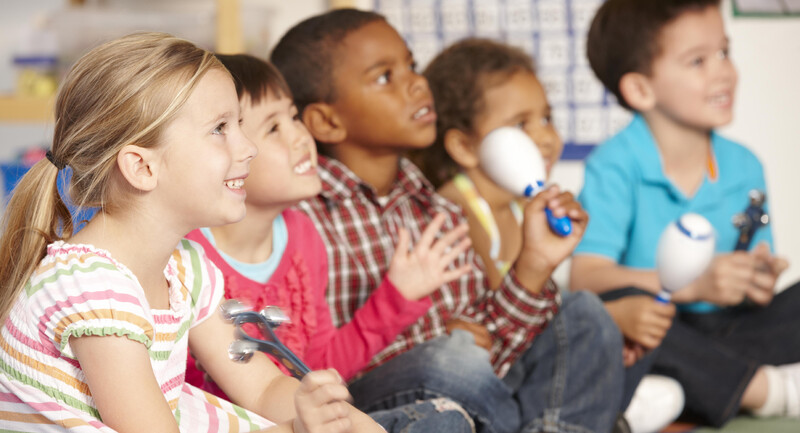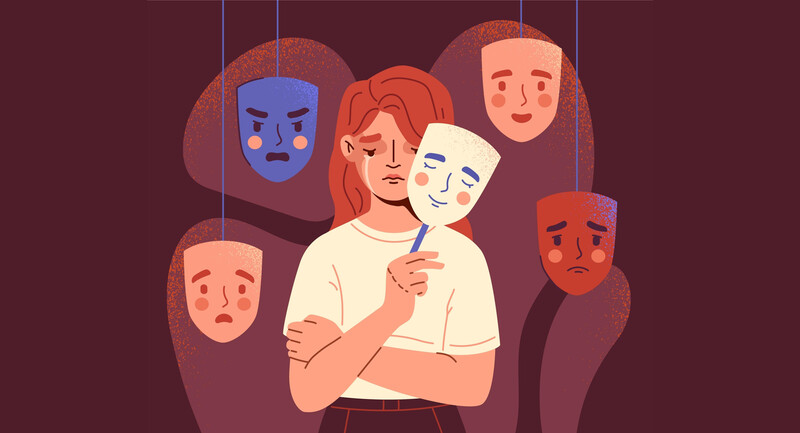I remember reading an article last summer that questioned whether schools were doing enough to address the youth mental health crisis. It seemed like an unhelpful way to frame the issue: the level of need for psychological, emotional, and behavioral support is so much higher than the availability of trained school social workers, counselors, and psychologists that schools will never be able to “do enough.” Plus, it doesn’t account for how far we’ve already come over the past two decades. As we elevate the importance of social-emotional learning, many aspects of student well-being that were once seen as being outside educators’ scope of work are now integral to teaching and learning.
Yes, the COVID-19 pandemic had a role in this shift. It was a first-in-our-lifetime event that overwhelmed our systems. However, even before the pandemic, schools were challenged by too many students needing Tier 2 and Tier 3 supports and too few resources and trained staff to help. Trauma was already a major concern: In a pre-pandemic survey, 98 percent of teachers agreed that all educators should receive training for trauma-informed classroom practices. In my work with schools since the pandemic, I find that educators certainly know they have to attend to the needs of students coping with trauma. But they question whether they have the skills to meet those needs.
Educators have come to understand that exposure to trauma impacts all the metrics for which they are held accountable. As researchers Christopher Blodgett and Jane Lanigan show, children’s level of exposure to trauma negatively affects what they call the ABC+H of school success: attendance, behavior, coursework, and physical and psychological health.
Classroom teachers are on the 'front lines' of the youth mental health crisis.
In the midst of an ongoing mental health crisis, many classroom teachers feel that they are on their own searching for ideas and strategies that can accommodate students exhibiting signs of mental health distress. Classroom teachers are on the “front lines” of the youth mental health crisis because they can notice changes in a given student’s behavior over time and also see it relative to the development of their peers. In most schools, social workers and counselors are overburdened by what the National Educational Association calls a “tsunami of student trauma.” This leaves classroom teachers unsure about who to notify and nervous about whether their concerns will be responded to before a student’s challenges escalate to crisis levels.
Creating Strong Staff Collaboration Protocols
Because a burden shared is a burden lightened, increasing the use of collaborative strategies is necessary for schools to do more with existing resources. When teachers are left to respond in isolation, students’ needs cannot fully be met. For example, I remember one classroom teacher struggling with this challenge. She had participated in several trauma trainings to build her capacity to notice signs and symptoms of distress and expand her toolbox of response strategies. She recalled noticing behavioral signs of agitation during first period from a student who was known to be experiencing challenges at home. She noticed and responded in ways that enabled him to settle into the class while diffusing his agitation.
As the period ended, however, she worried that he would not make it through the day—that one of his teachers who didn’t have trauma training would suspend him for his behavior. And, because the school had yet to develop a collaborative framework for supporting student mental health—protocols that encourage staff to support, learn from, and advise each other—she did not feel empowered to contact those teachers and provide guidance on how they could support that student. As predicted, the student did not make it through the day and was sent to in-school suspension for disrespecting a teacher.
It is critical that educators create strong staff collaboration protocols to ensure that they are never 'going it alone.'
It is critical that educators reduce the stress of working in schools with high levels of student need by creating strong staff collaboration protocols for receiving peer consultation on everything from lesson plans to behavioral challenges to ensure that they are never “going it alone.”
Take a moment to reflect on your level of peer collaboration and consider whether it is an area of your school that needs to be improved. Ask yourself and your colleagues the following questions and begin having discussions about creating a more collaborative school:
- Do I plan time in my day to get advice from other educators when I am struggling to meet the needs of specific students?
- Do I regularly talk with other staff members about work stress and challenges with students to help process and reduce the buildup of negative emotions?
- Do I regularly meet with other educators across the school to make sure that our classroom policies and behavior management plans are aligned?
Intentionally Focusing on Mental Health
Students experiencing mental health distress need sustained support—everyone must abandon the idea that students can be sent to talk with the counselor or social worker and come back “better.” One factor in our current mental health crisis is that little is done to intentionally promote positive mental health, which is much more than the absence of illness. Mental health includes the cognitive, emotional, and behavioral coping skills that enable us to manage life’s stressors. Not every educator has the skills to respond to student mental illness, but everyone can contribute toward promoting wellness. A range of roles are listed below to illustrate that all staff members in a school can contribute to creating a culture and climate that prioritize de-escalation and intentionally promote student mental health:
- Principals and other administrators can create and implement schoolwide policies, practices, and schedules that enable staff to access coaching and professional development on how to meet the needs of students coping with trauma and advance their own self-care practices.
- Teachers can implement trauma-responsive classroom strategies to support neurobiological regulation.
- Social workers and counselors can develop universal screening plans to proactively identify trauma symptoms and triggers in students and provide preventative interventions.
- School nurses can be trained and empowered to promote positive mental health and respond to students displaying signs of mental illness.
- Security staff can strengthen their training in de-escalation strategies that are responsive to the needs of students coping with trauma.
- Lunchroom and recess monitors can be supported to develop end-of-period routines that gradually bring students’ energy and agitation levels down to minimize the likelihood of behavior challenges during the transition back to the classroom.
Building Adults’ Skills and Capacity
Both the expectation and need for all school staff to respond to trauma and mental health has been a fairly rapid cultural and professional shift, which means that most need professional development to strengthen their knowledge and skills in this area.
My book Trauma Responsive Educational Practices: Strategies to Help Students Cope and Learn is based on my work coaching schools in high-poverty, high-crime neighborhoods where it is reasonable to assume that all students have been exposed to toxic levels of stress and trauma. My team focused on building the capacity of staff to respond to these students’ psychological, emotional, behavioral, and educational needs. The only sustainable way forward, we found, was to adapt core elements of small group and one-on-one interventions for implementation in general education classrooms. When the pandemic was at its peak, I was able to share these resources with numerous schools and school districts, and now share them more broadly through the book.
Staff should develop a common vocabulary regarding trauma and its effects and learn actionable strategies for responding.
Whether through a book study or other form of professional learning, I recommend that educators engage in a whole-school approach to mental health. Staff should develop a common vocabulary regarding trauma and its effects and learn actionable strategies for responding.
One of the most important things to consider when implementing change is that it is about integration not replacement: identifying and keeping what is working, naming what is not working, thoughtfully discussing how evidence-based policies and strategies need to be adapted for your student population, and building the capacity of all staff to ensure that they learn the skills to successfully meet new expectations.
Trauma Responsive Educational Practices
How educators can support students in navigating trauma and finding effective coping skills that allow them to flourish.









